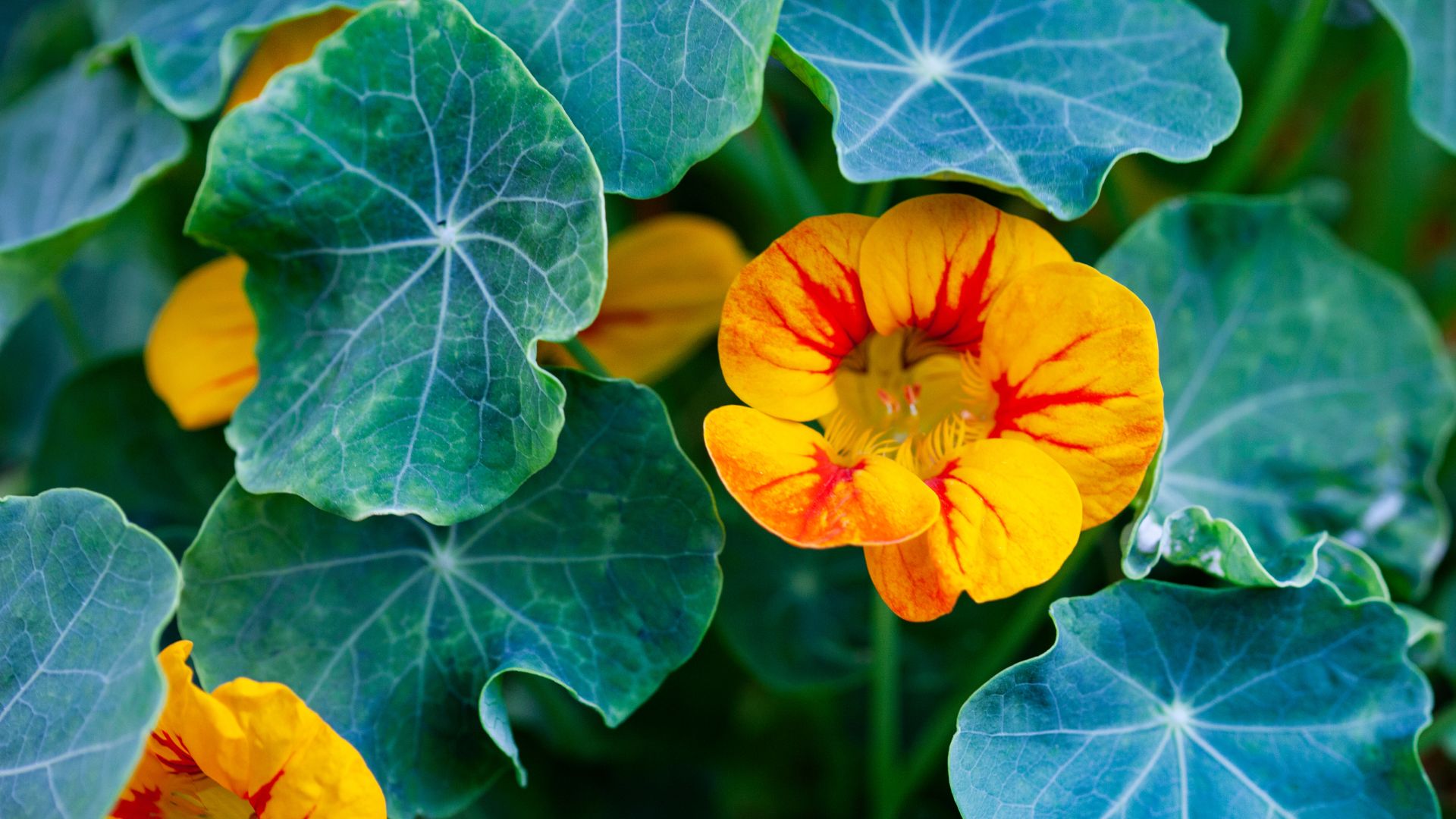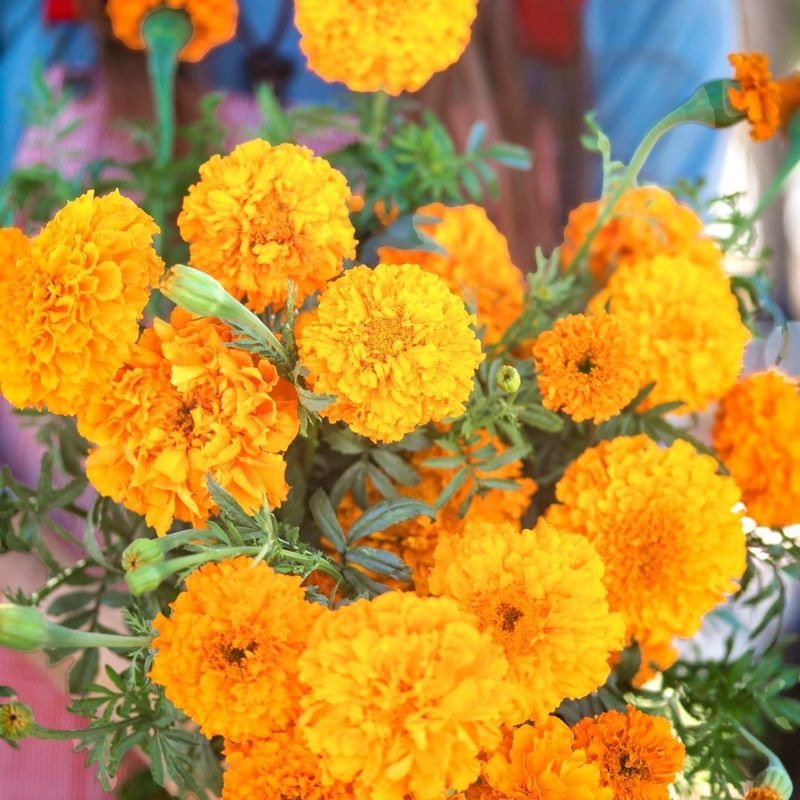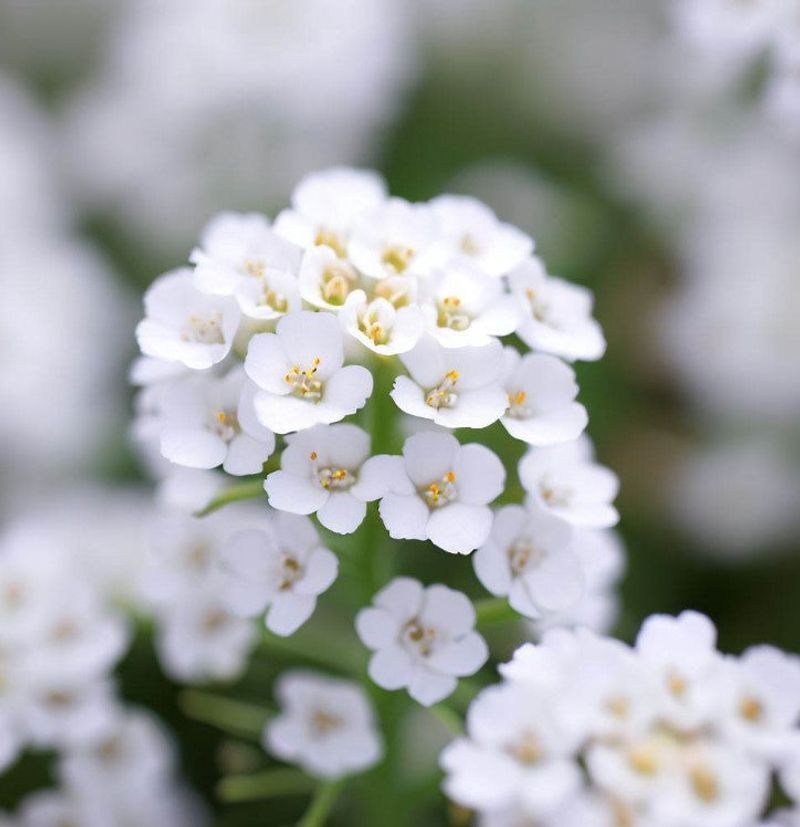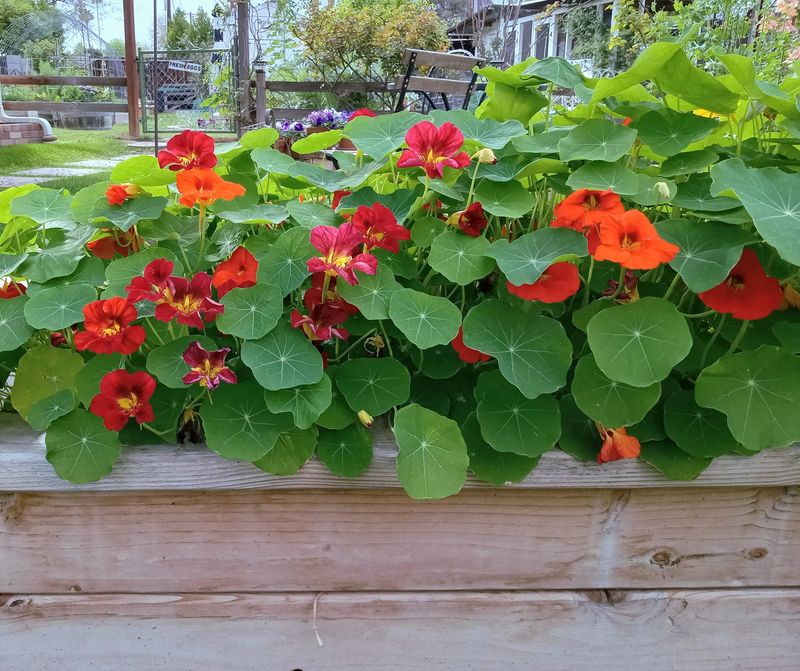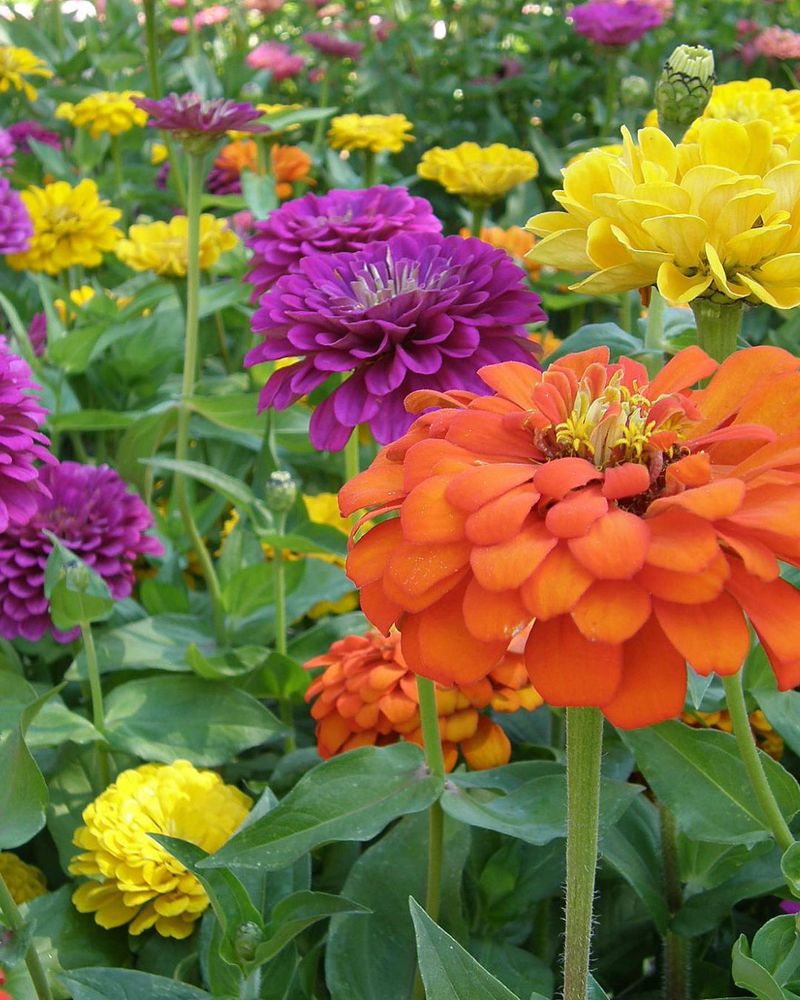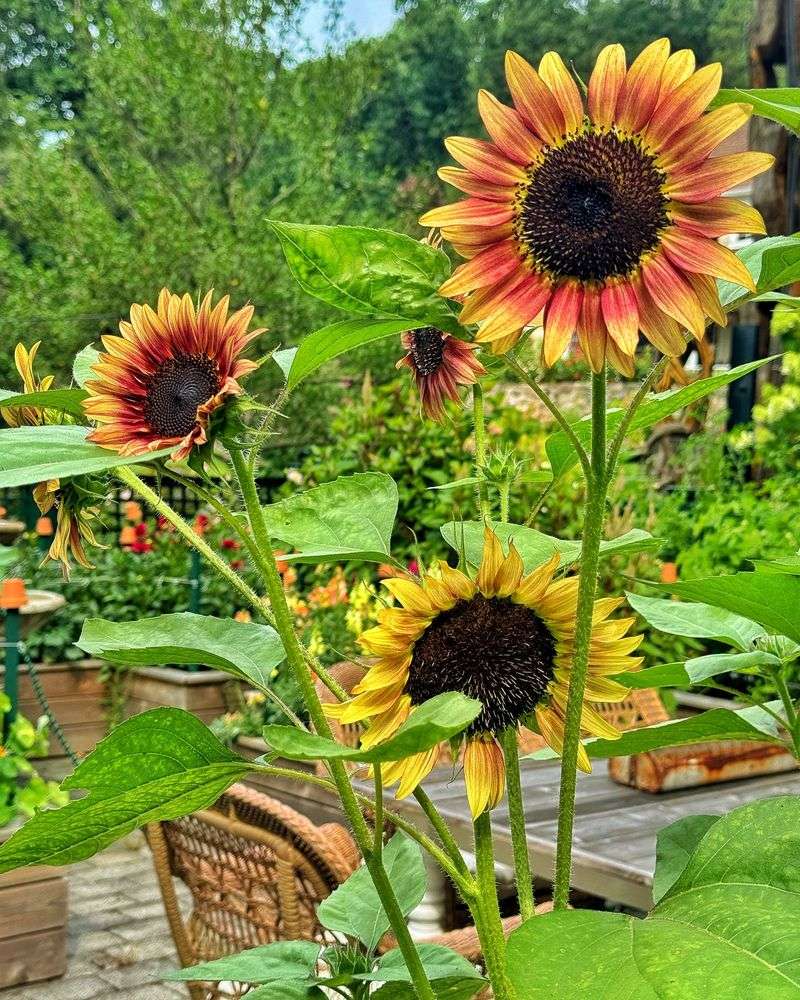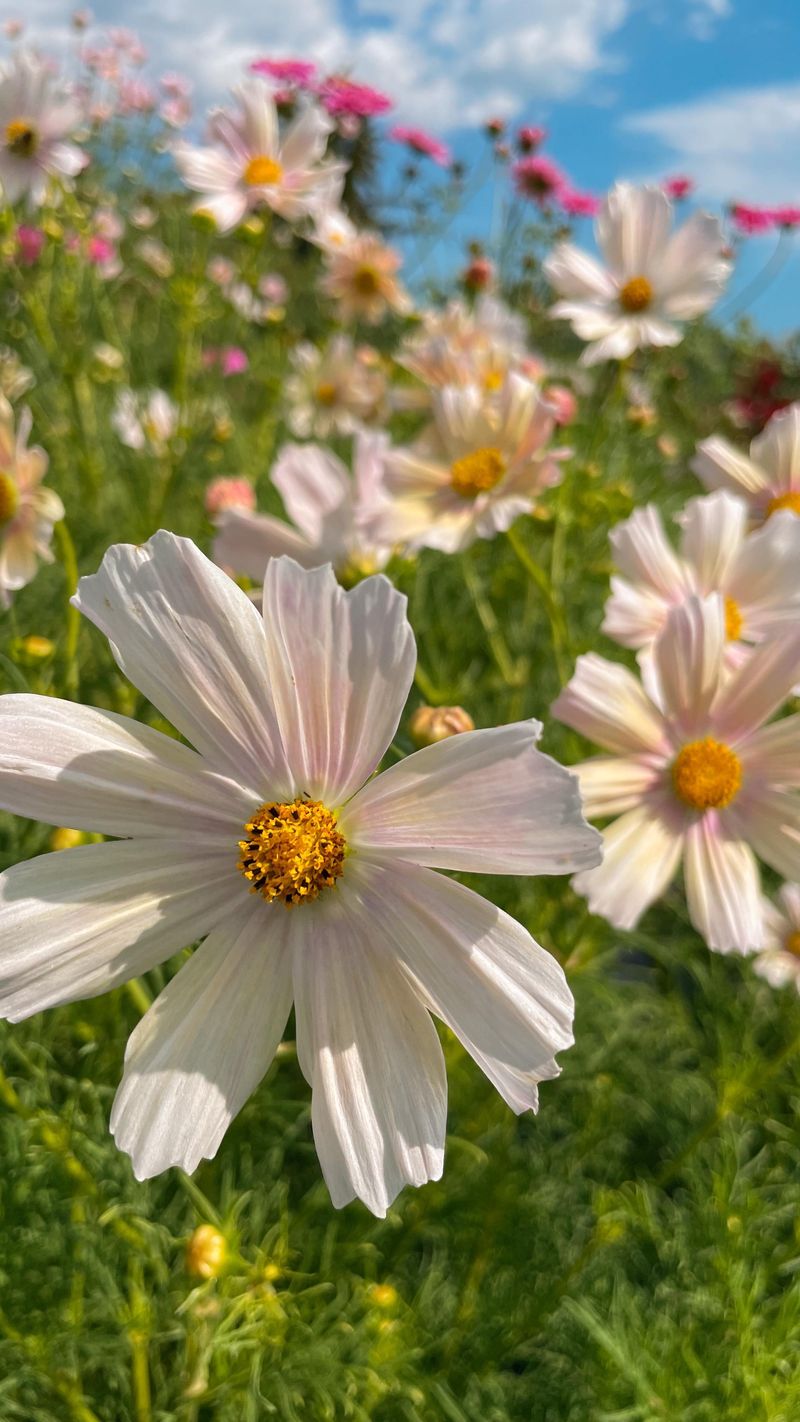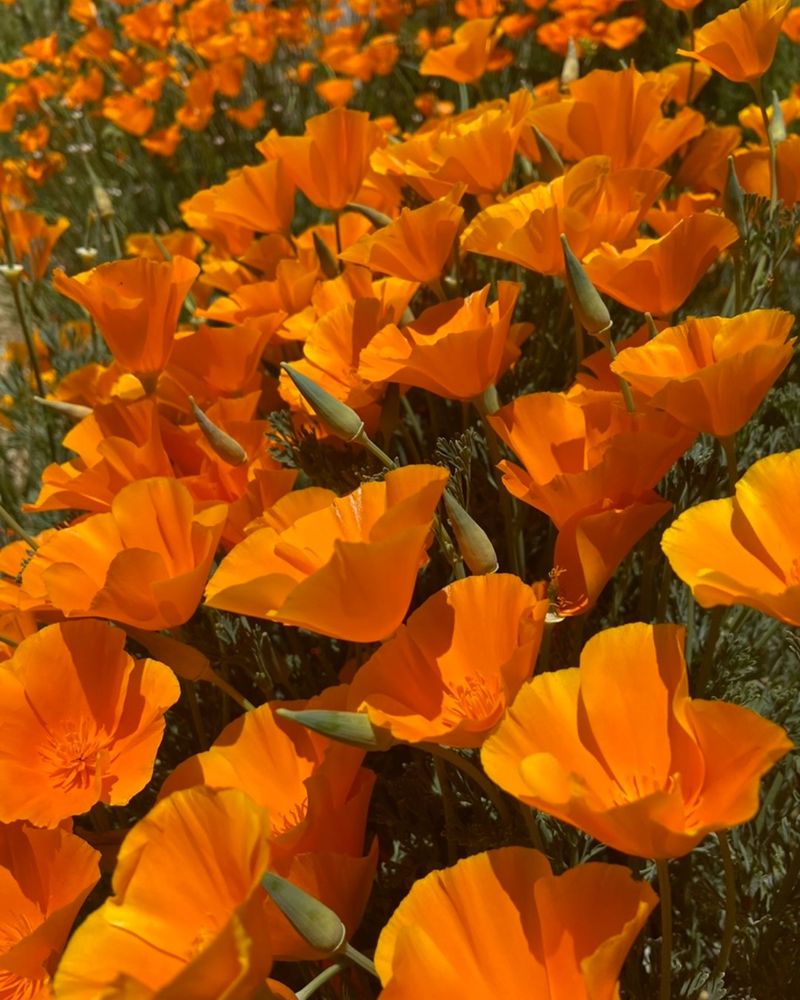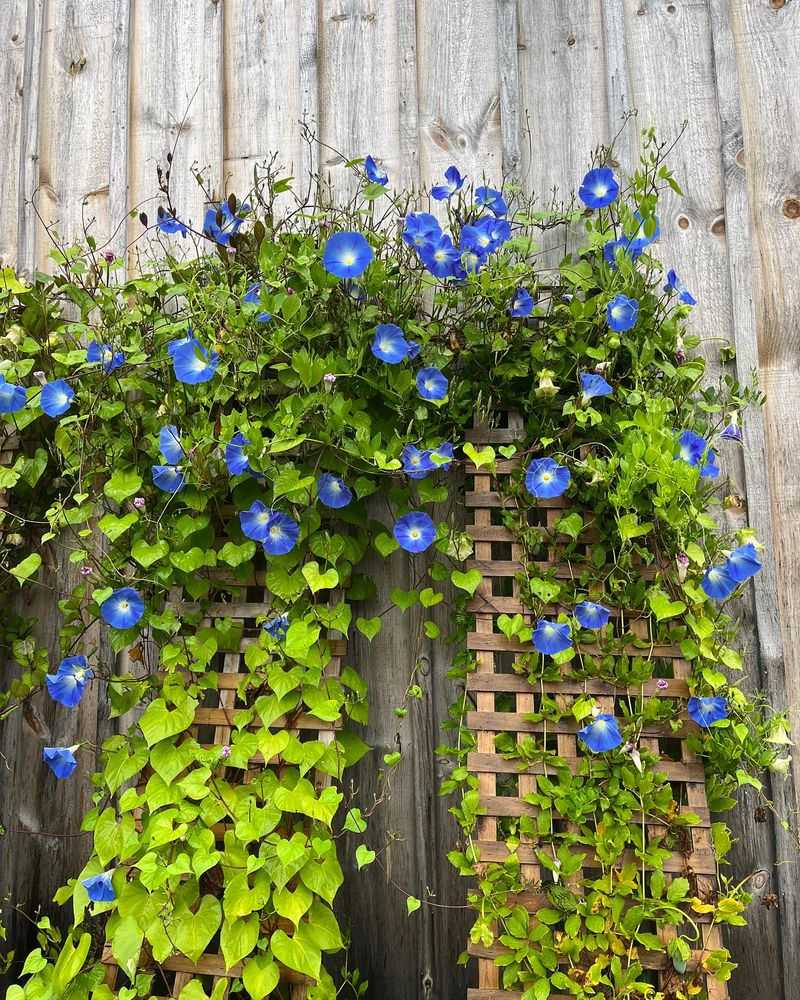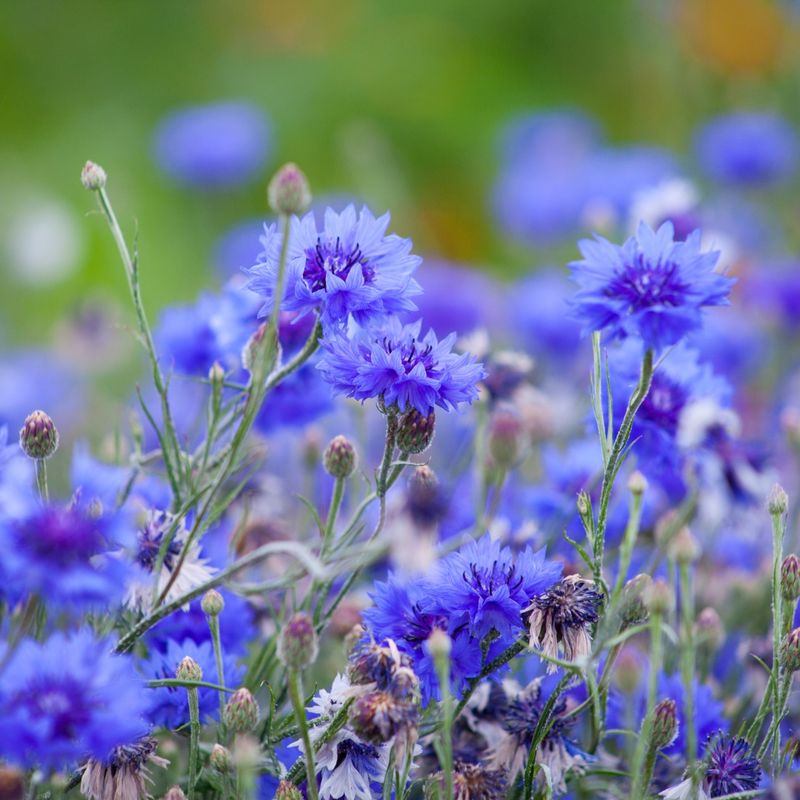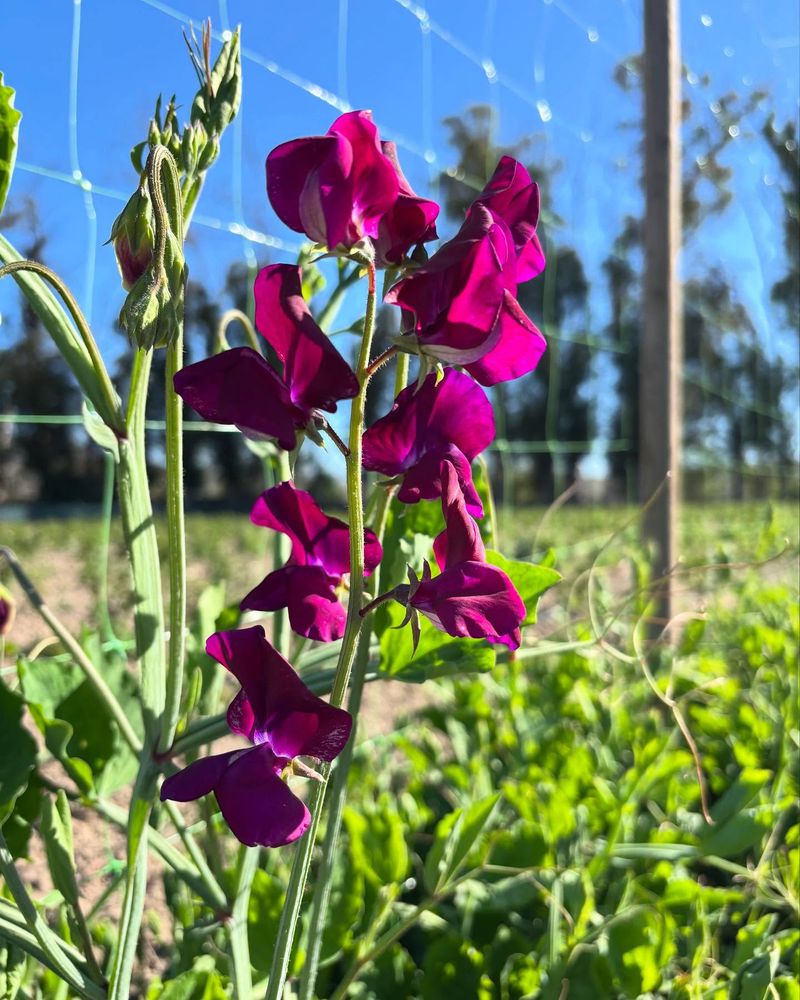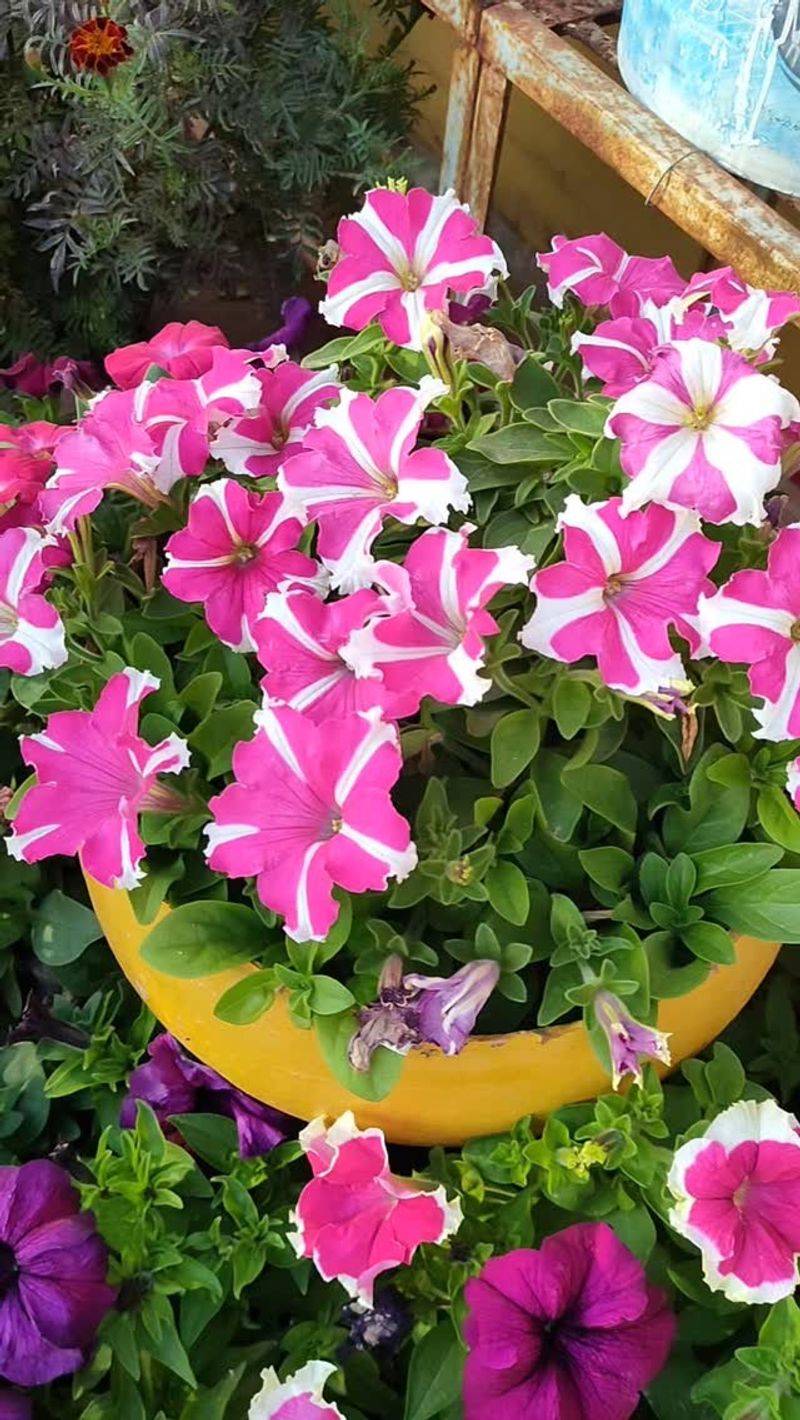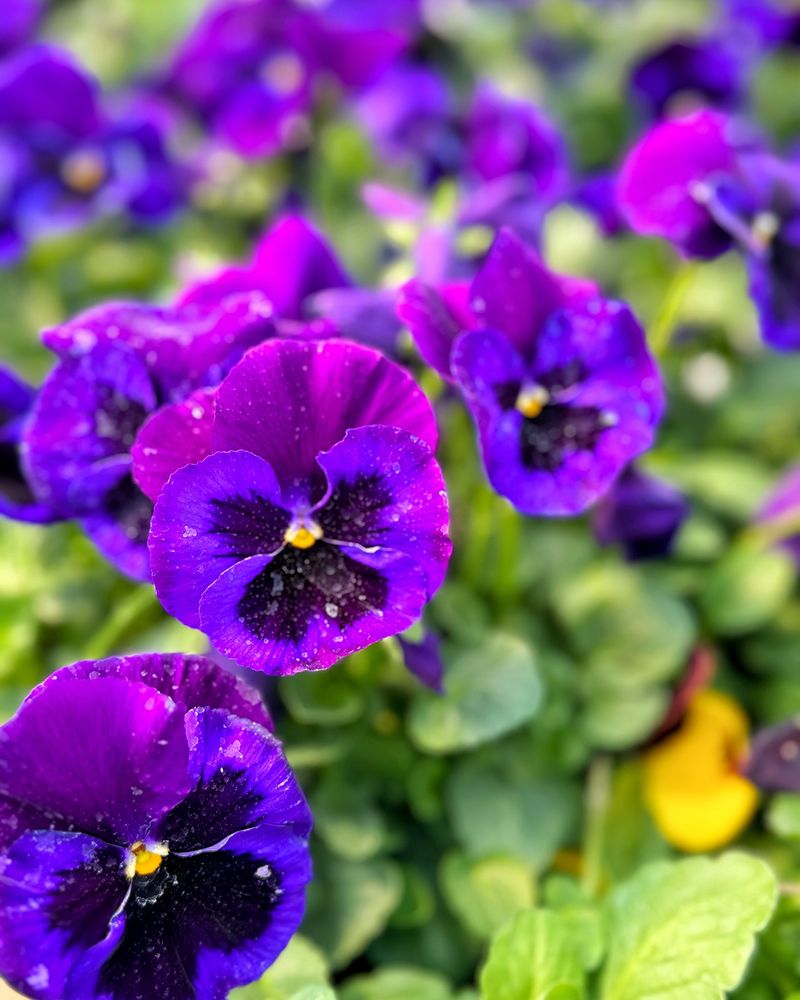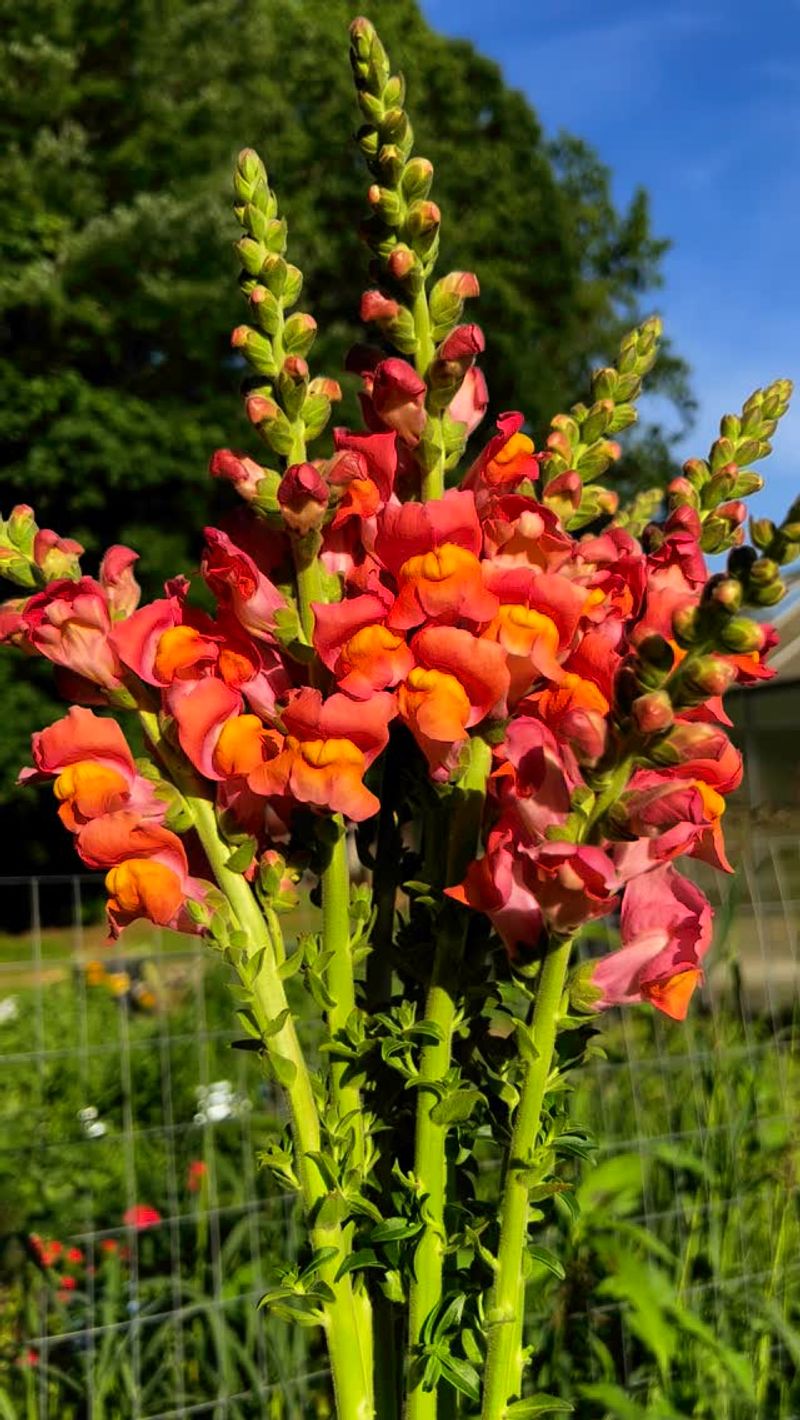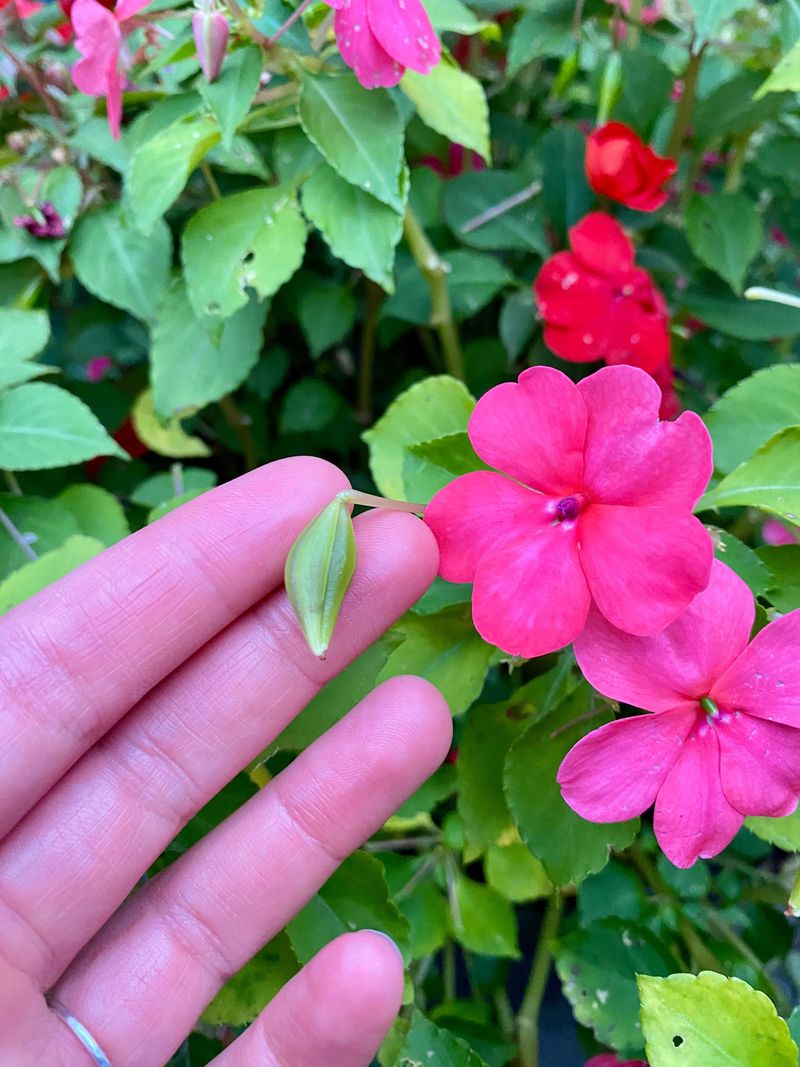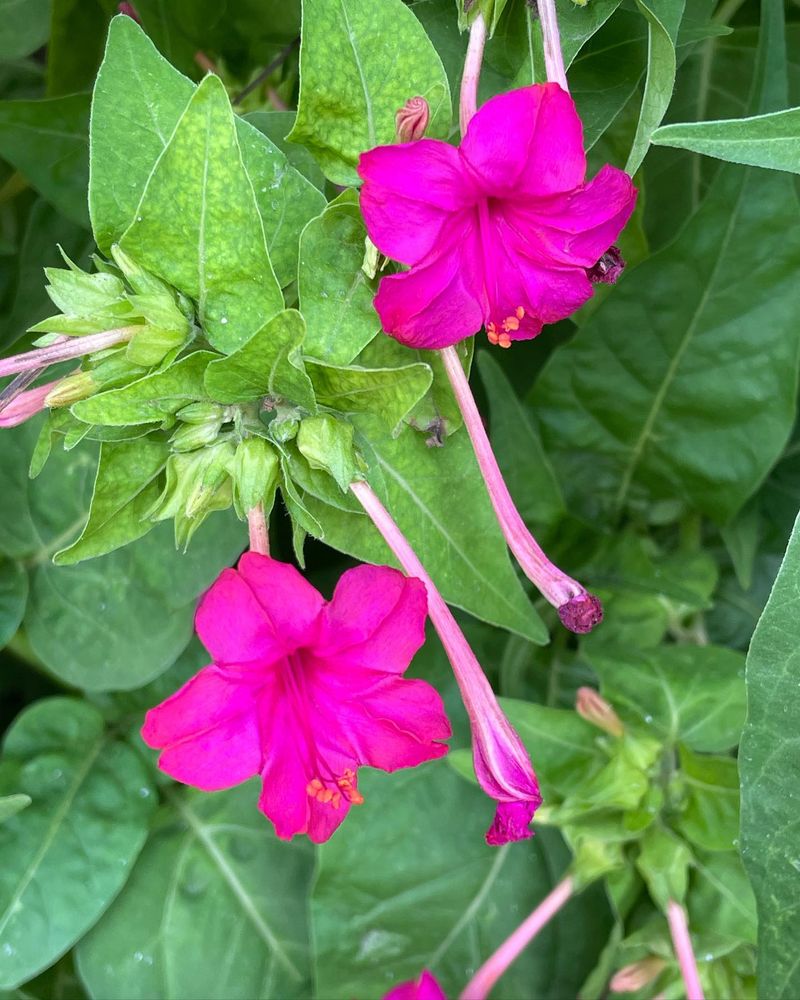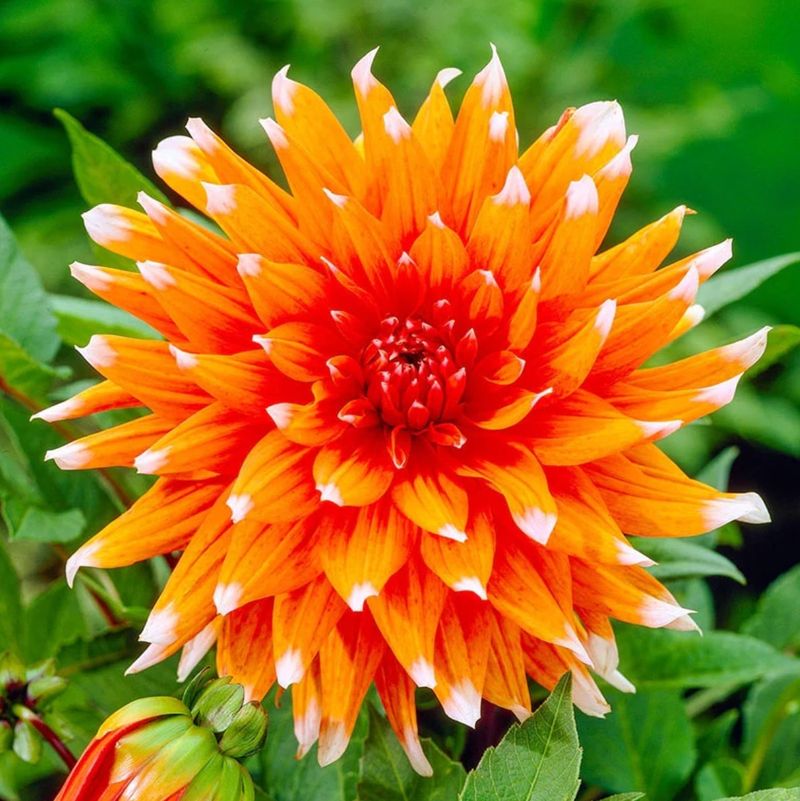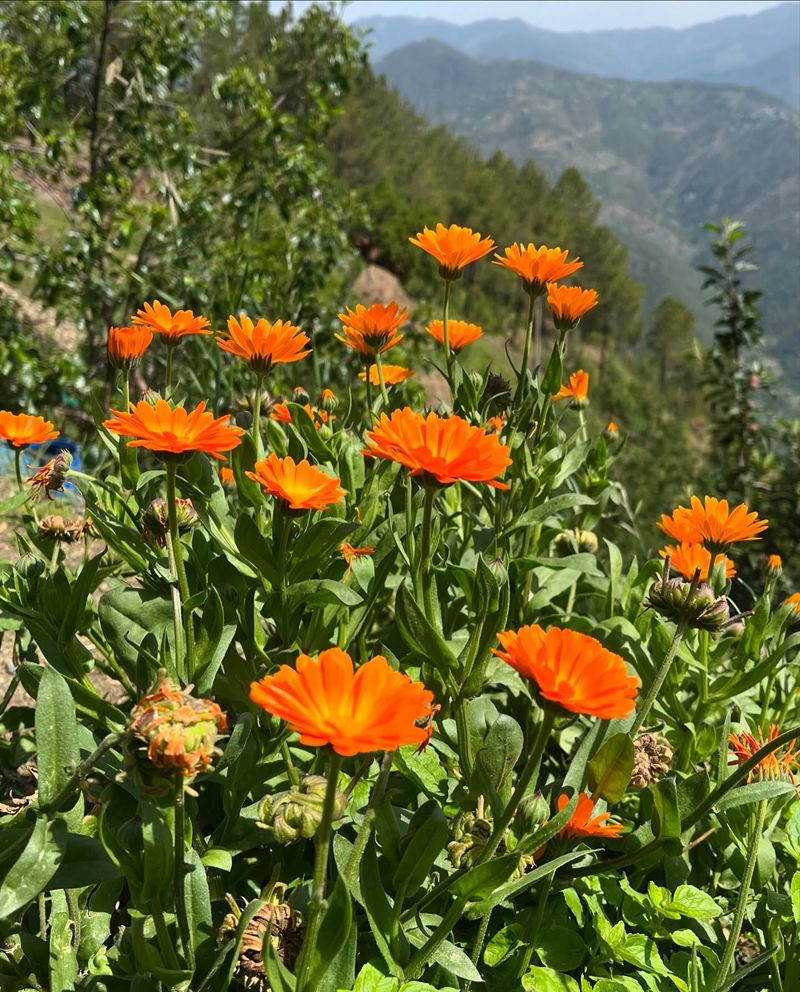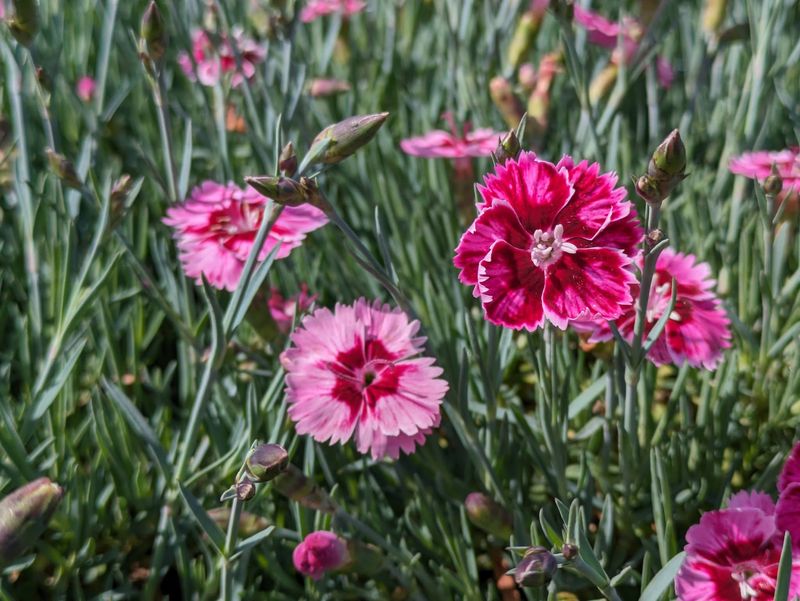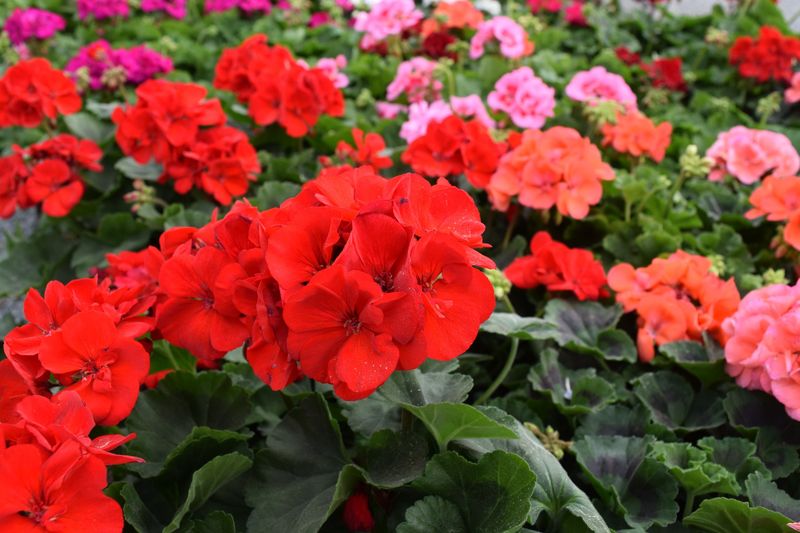Starting a garden can feel a little overwhelming—especially if you’re working with a tight budget or zero experience. I’ve been there, staring at seed packets and wondering what’s actually worth planting. The good news? Some flowers are as easygoing as they are affordable.
These beginner-friendly blooms don’t need fancy tools or a green thumb to thrive. They’re perfect whether you’ve got a sunny balcony, a small patch of soil, or even just a few pots by the front door. And the payoff? Color, charm, and that satisfying “I grew that!” feeling.
If you’re ready to dip your toes into gardening without spending a fortune or stressing over every leaf, these flowers are a great place to start. Low maintenance, high reward—just the way I like it.
1. Marigolds
Growing from seed to flower in just 8 weeks, marigolds reward even the most forgetful gardeners. Their bright orange and yellow blooms keep going strong through summer heat when other plants wilt away.
My first garden featured these hardy annuals along a walkway, and they thrived despite my inconsistent watering schedule. Their natural pest-repelling properties make them practical garden companions, not just pretty faces.
A packet of seeds costs under $2 and produces dozens of plants. Simply press seeds into soil after the last frost, water occasionally, and watch as these cheerful flowers multiply with almost no effort on your part.
2. Sweet Alyssum
Tiny white, purple, or pink blooms create a fragrant carpet that spills beautifully over container edges. Sweet alyssum practically takes care of itself, bouncing back even after periods of neglect.
Last summer, I scattered seeds in a forgotten corner of my yard and was amazed when they transformed the area into a honey-scented cloud. The delicate flowers attract beneficial insects like butterflies and bees, turning your garden into a mini ecosystem.
For about $3 per seed packet, you’ll get months of continuous blooming. This low-growing perennial in warm climates (annual in cold regions) tolerates poor soil and requires little beyond occasional trimming to keep it looking fresh.
3. Nasturtiums
Featuring edible flowers and leaves with a peppery kick, nasturtiums deliver both beauty and function in your garden. The jewel-toned blooms in sunset shades sprawl happily across beds or trail from hanging baskets.
During my first apartment gardening attempt, these resilient plants forgave my many mistakes. Their seeds are large and easy to handle – perfect for gardening with kids or those with limited dexterity.
A $3 seed packet yields dozens of plants that thrive in poor soil conditions. Counter-intuitively, nasturtiums actually produce more flowers when not overfed, making them ideal for beginners who haven’t mastered fertilizing schedules yet.
4. Zinnias
From seed to spectacular blooms in just six weeks, zinnias deliver quick satisfaction for the impatient gardener. Their candy-colored flowers keep coming all summer long when you snip spent blooms.
The first time I grew these beauties, I couldn’t believe how quickly they transformed from tiny seedlings to knee-high plants covered in pompom-like flowers. Butterflies flock to their bright blooms, bringing extra life and movement to garden spaces.
At around $2-3 for a packet yielding dozens of plants, zinnias offer tremendous bang for your buck. Simply sow seeds directly in the garden after frost danger passes, water until established, then sit back and enjoy the show.
5. Sunflowers
Watching a sunflower grow from a humble seed to a towering stalk topped with a dinner-plate sized bloom brings genuine gardening joy. Their rapid growth makes them particularly satisfying for beginners seeking visible progress.
When I planted my first batch along a fence line, they created a stunning privacy screen within weeks. The seeds cost under $3 for a packet that produces dozens of these sunny giants.
Beyond their beauty, sunflowers serve practical purposes – their seeds feed birds and can be harvested for your own snacking. Simply plant after the last frost, provide support for taller varieties, and enjoy these cheerful sentinels that follow the sun across the sky each day.
6. Cosmos
Feathery foliage topped with daisy-like blooms in pink, white, or crimson creates an airy, meadow-like feel in any garden. Cosmos practically grow themselves, thriving in average soil without fussing over fertilizer.
A friend gave me a handful of seeds three years ago, and they’ve been reseeding themselves ever since. Their delicate appearance belies remarkable drought tolerance – making them perfect for gardeners who sometimes forget to water.
For around $2-3, a seed packet produces dozens of these butterfly-attracting beauties. Scatter seeds directly in a sunny spot after frost danger passes, thin seedlings to allow air circulation, and enjoy months of blooms that make excellent cut flowers for indoor arrangements.
7. California Poppies
Silky orange cups that close at night and open with the morning sun bring effortless charm to garden edges and containers. These native wildflowers ask for almost nothing while giving months of carefree color.
During a particularly busy spring when my garden got little attention, these resilient bloomers carried on beautifully without intervention. Their drought tolerance makes them perfect for water-conscious gardeners or those in apartments who can’t always maintain consistent watering schedules.
A $2 seed packet covers surprising ground, as each plant readily self-seeds for years of returns on minimal investment. Scatter seeds in fall or early spring in well-draining soil, then leave them alone – they actually perform better with benign neglect!
8. Morning Glories
Heart-shaped leaves and trumpet flowers in shades of blue, purple, pink, or white transform ordinary fences and trellises into vertical gardens. Morning glories climb enthusiastically without requiring expensive supports.
My first attempt at gardening included these vigorous vines climbing up cotton strings attached to my apartment balcony. By midsummer, they created a living privacy screen that hummingbirds visited regularly.
Seeds cost about $2 for a packet that covers 8-10 feet of growing space. Nick the hard seed coating and soak overnight before planting for faster germination. These annual climbers grow quickly once temperatures warm, reaching impressive heights with minimal care.
9. Bachelor’s Buttons
Resembling tiny blue, pink, or white carnations, these charming flowers bring cottage-garden appeal without demanding expertise. Their ability to thrive in less-than-perfect conditions makes them wonderfully forgiving for beginners.
A handful of seeds tossed along my driveway three springs ago continue to return each year, brightening that previously ignored space. The blooms hold their color when dried, providing material for crafts and arrangements long after the growing season ends.
For approximately $2, a seed packet yields dozens of these cheerful plants. Sow directly outdoors in early spring or fall in most climates. These hardy annuals (sometimes perennial in mild areas) prefer full sun but tolerate partial shade, making them versatile additions to nearly any garden space.
10. Sweet Peas
Ruffled blooms in candy colors release a honey-vanilla fragrance that perfumes entire gardens. Sweet peas climb gracefully on supports while requiring minimal care beyond occasional watering.
Growing these nostalgic flowers connects me to gardening traditions spanning generations – my grandmother grew them along her porch railings decades ago. Their old-fashioned charm belies their easy-growing nature, especially in cooler climates where they flourish.
Soak seeds overnight before planting in early spring as soon as soil can be worked. These cool-season annuals prefer temperatures below 65°F, making them perfect early-season projects for eager beginning gardeners.
11. Petunias
Available in every color except true blue, these trumpet-shaped flowers create instant impact in containers and borders. Modern varieties bounce back quickly after rain, overcoming the main challenge older petunias presented to beginners.
During my first container gardening experiment, a $3 six-pack of petunia seedlings filled multiple pots with cascading color all summer long. Their ability to bloom continuously without deadheading (though it helps) makes them low-maintenance choices for busy gardeners.
While slightly more expensive than growing from seed, starter plants from garden centers provide immediate gratification for around $3-5 per six-pack. Place in sunny locations, water when the top inch of soil feels dry, and apply diluted fertilizer monthly for non-stop flowering from spring through fall.
12. Pansies
Featuring faces with distinctive markings, these cool-weather champions provide color when other flowers can’t handle chilly temperatures. Their ability to withstand light frost makes them perfect for extending the garden season.
After a particularly long winter, planting pansies in early spring lifted my spirits with their cheerful appearance. They’re among the few flowers that perform beautifully during cool spring and fall months when many gardens look sparse.
Garden centers offer six-packs for about $3-5, providing instant color while you wait for summer bloomers. Plant in containers or garden edges where their detailed blooms can be appreciated up close. In mild-winter areas, they’ll flower straight through until summer heat arrives, making them excellent value plants.
13. Snapdragons
Spikes of dragon-mouth flowers in rainbow hues add vertical interest to gardens while attracting beneficial pollinators. Their unique blooms fascinate children and adults alike with their pinchable, mouth-like shape.
My nephew spent hours in my garden last summer, gently squeezing snapdragon blooms to make them “talk” – an unexpected bonus beyond their ornamental value. In mild climates, they often survive winter to bloom again, providing multiple seasons of enjoyment.
Six-packs of seedlings cost $3-5 at garden centers, each plant producing multiple flower spikes over a long season. Plant in spring or fall in well-draining soil, spacing plants 8-12 inches apart. Their medium height (1-3 feet depending on variety) makes them perfect for middle positions in garden beds.
14. Impatiens
Shade-loving bloomers that transform dark corners into colorful oases without demanding special care. Their continuous flowering habit means no deadheading required – perfect for low-maintenance gardening.
When I moved into a north-facing apartment, these reliable plants brightened my shaded balcony all summer. A single six-pack purchased for $4 filled three containers with non-stop color from spring through fall.
Simply tuck them into shady spots where other flowers struggle, water when the soil surface feels dry, and apply diluted fertilizer monthly. Their shallow root systems make them ideal for containers where they can create impressive flower displays in areas that receive little direct sunlight.
15. Four O’Clocks
Named for their habit of opening in late afternoon, these trumpet-shaped flowers release a sweet fragrance as evening approaches. Their resilience to heat, drought, and poor soil makes them practically indestructible for beginners.
A single packet of seeds given by a neighbor has supplied my garden with these cheerful bloomers for three consecutive years. The plants develop tubers that can be dug up and stored in cold climates or left in the ground in warmer areas.
Plant directly in the garden after frost danger passes, spacing seeds about 12 inches apart. Their bushy growth habit makes them excellent for filling garden gaps or creating informal hedges that attract hummingbirds and night-pollinating moths.
16. Dahlias
Starting from inexpensive tubers, these show-stopping blooms create dramatic garden focal points without requiring advanced skills. Their incredible diversity ranges from dinner-plate sized flowers to compact pompoms in virtually every color except true blue.
My first attempt with dahlias involved three tubers purchased for $10 that produced dozens of stunning blooms for cutting. Garden friends constantly asked about these impressive flowers, never guessing how simple they were to grow.
Plant after frost danger when soil has warmed, placing tubers about 4-6 inches deep. These summer bloomers continue producing flowers until frost, especially when regularly cut for bouquets – giving you both garden beauty and free floral arrangements.
17. Calendula
Often called pot marigold, these sunny yellow and orange blooms offer medicinal properties alongside their ornamental value. Their edible petals add color to salads while their healing properties have been valued for centuries.
A $2 seed packet produced enough plants to line my vegetable garden, where they attracted beneficial insects and brightened the utilitarian space. Their ability to self-seed means a single planting often returns year after year with no additional cost.
Direct sow seeds in early spring as soon as soil can be worked – they prefer cool conditions and will bloom until summer heat intensifies, then often return for a second show in fall. Their tolerance for partial shade makes them versatile for areas where full-sun flowers struggle.
18. Dianthus
Spicy-scented blooms with distinctive fringed petals bring old-fashioned charm to garden edges and containers. Their compact growth habit makes them perfect for small spaces where their detailed flowers can be appreciated up close.
My grandmother called these ‘pinks’ despite their range of colors from white to nearly red. Their ability to tolerate light frost extends their blooming season well beyond more tender annuals, providing garden interest during transition seasons.
Plant in well-draining soil in full sun to light shade, spacing plants 6-8 inches apart. Many varieties return for multiple years in mild climates, making them excellent value plants that combine the immediate impact of annuals with the longevity of perennials.
19. Geraniums
Reliable bloomers that tolerate occasional drought, these classic container plants deliver continuous color with minimal fuss. Their aromatic foliage naturally repels many pests, reducing the need for chemical interventions.
A single $4 plant purchased three years ago has yielded dozens of cuttings that root easily in water, expanding my collection for free. Friends are always surprised to learn how simple propagation is – just snip a stem and place in water until roots form.
Place in a sunny spot, allow soil to dry slightly between waterings, and remove spent blooms to encourage continuous flowering. In frost-free areas they grow as perennials; in colder regions, they can be overwintered indoors near a sunny window, providing years of returns on a modest investment.

